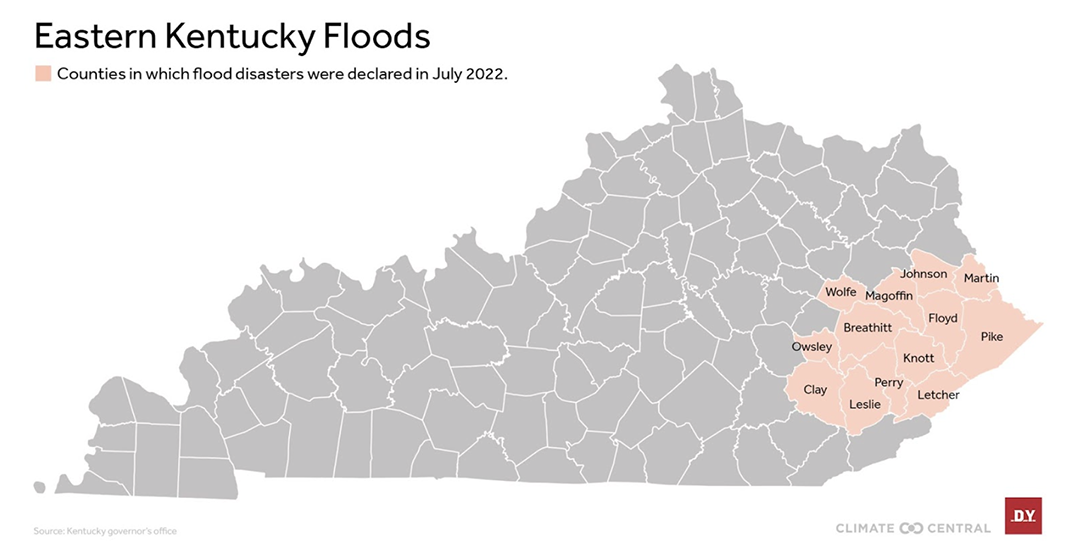(BPT) - For most homeowners, mowing the lawn is a necessary chore that eats up precious time on weekends and exposes those with allergies to the kinds of grasses and pollen they're trying to avoid. …
(BPT) - The entire country has experienced its share of extreme weather lately. Record-breaking heat, torrential rain and drought — you name it, Mother Nature has been doling it out. It has …
(BPT) - As the days get shorter and cooler, it's the perfect time to turn your attention to your heating system. Before it gets too chilly, you'll want your HVAC system to be in great condition …







